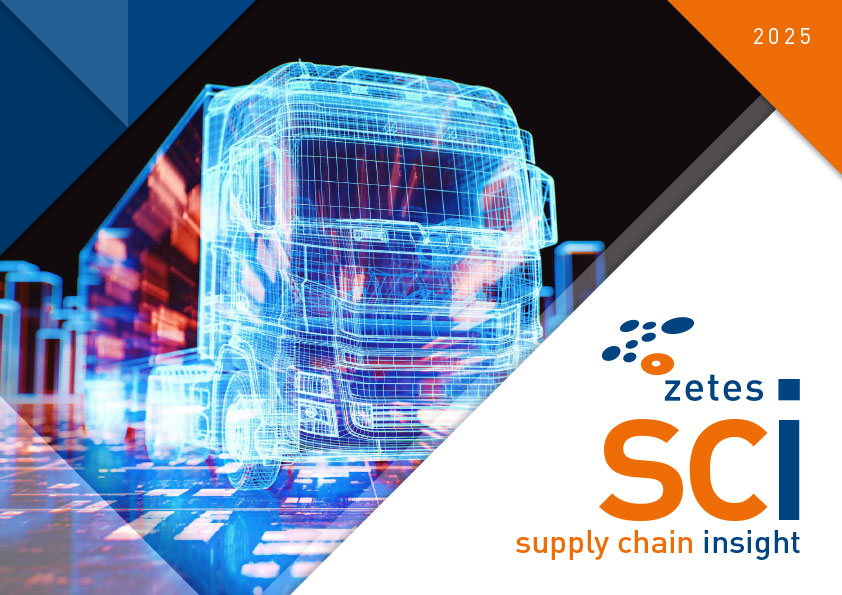By 2020, Gartner1 predicts that more than half of major new business processes will incorporate some element of IoT. Up to 26 billion internet-connected ‘smart’ devices will be installed, generating some $300 billion by the end of the decade. Gartner says a thirty-fold increase in internet-connected physical devices will “significantly alter how the supply chain operates.”
Global firms recognize the transformational role of IoT, particularly in manufacturing, retailing and service industries. Many deployments are focused on identifying, locating, and tracking the status of assets. According to Forrester2, 58% to 77% of surveyed organizations consider locating objects, containers, and personnel as the top fundamental functions of IoT solutions. Some postal services use smart mailboxes in remote areas to see whether they’re empty and avoid a wasted journey before collection. Temperature sensitive pharmaceutical products are being monitored with sensors to ensure product integrity after leaving the warehouse. Data from such sensors can integrate with business information systems to provide rich business intelligence.
As retailers look to combine their online presence with physical stores, the ability to collect and make visible data at key points in the supply chain is an enabler to improving the customer experience and optimizing supply chain responsiveness. A pallet on a truck, can transmit messages showing exactly what products, sizes and style variations are included, not to mention the temperature or humidity goods are being transported in. Sensors can even be used to locate the whereabouts of products and staff in large depots and on the road to help calculate the time of arrival. Automated data capture gives real-time visibility of stock and avoids manual counting and human errors.
Managing uncertainty
With so many geographically dispersed players involved, uncertainty within supply chain management processes has always presented a big challenge. Order fulfilment can be delayed by a number of factors which are difficult to predict or control. Traffic delays are a common cause of late deliveries and stock shortages. By making use of sensor-enabled IoT solutions the location and speed of vehicles can be tracked and maintenance alerts can be given.
Maintaining temperature stability is important for perishable products. Fresh vegetables might last a week with no variation of temperature, but not if they warm up for a few hours. According to the Food and Agriculture Organisation of the United Nations, up to one third of food perishes in transit every year. IoT based on connected sensing technology can minimise such wastage. As an enabler for supply chain visibility, it allows the exchange of critical real-time information with the stakeholders, mitigating disruption.
Another major variable that’s difficult to manage in the supply chain is inventory. Accurately forecasting demand has its limitations and stock levels can be adversely affected by many outside inefficiency factors. Irregular spikes in demand can be caused by sudden fashion crazes, or winter stock left on shelves due to unseasonably warm weather.
So smart devices can really make a difference in their ability to closely monitor and deal with more variables than ever. For example, when stock is low, an in-store management solution can provide proactive, real-time information enabling automatic shelf replenishment. Equipment monitoring provides predictive maintenance information, alerting engineers for potential break downs and costly disruption.
Technology selection
Nonetheless there are also other challenges to consider. Many different technical elements are important to deploying end-to-end IoT solutions, including network infrastructure, devices, applications, platforms, security solutions, and integration services.
Different sensor technologies offer different constraints. For example, using GSM networks can be high on battery energy consumption so tracking long-distance deliveries might work best when powered by the vehicle’s battery. However, products in a warehouse, yard or on the move, might require low energy, battery powered sensors to transmit data through cellular networks.
Security is another important consideration. All the information must be prevented from falling into the wrong hands, or hacked. Sensors should only send specific information, which must be held in a secure, private cloud environment.
With everything becoming much more internet-driven, IoT in the supply chain is still only in its infancy, but sure to take off. Real-time information and monitoring will mean it’s easier to manage resources, take the best decisions at the lowest possible cost. IoT might be just another buzz-word. However, much like collaboration, it’s certainly here to stay.
1 Gartner Says the Internet of Things Installed Based Will Grow to 26 Billion Units By 2020, Gartner, 2013
2 Forrester / Zebra - Internet-Of-Things Solution Deployment Gains Momentum Among Firms Globally. 2014
